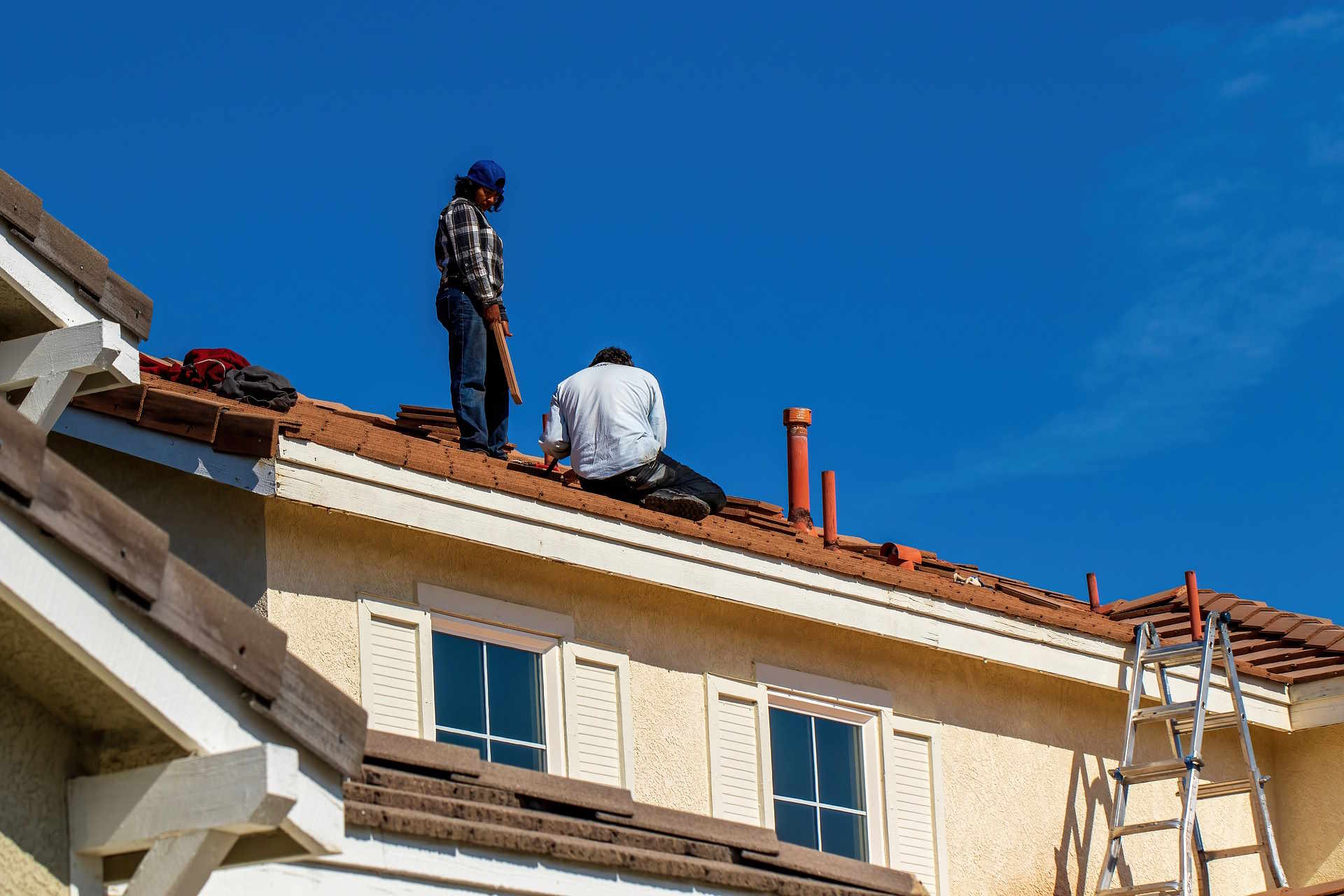Revitalizing Your Home's Exterior: A Guide to House Painting
The exterior of your home is its first impression on the world. A fresh coat of paint can dramatically transform your house, enhancing its curb appeal and protecting it from the elements. Whether you're looking to update your home's style or maintain its structural integrity, exterior house painting is a crucial investment. This guide will walk you through the essentials of exterior house painting, from preparation to execution.

What are the key steps in preparing for exterior painting?
Proper preparation is crucial for a successful exterior paint job. Start by thoroughly cleaning the surface to remove dirt, grime, and loose paint. This may involve pressure washing or scrubbing by hand. Next, repair any damaged areas, such as cracks or holes in the siding. Sanding rough spots and applying primer to bare wood or metal surfaces are also essential steps. Don’t forget to protect areas you don’t want to be painted, such as windows and landscaping, with plastic sheeting and painter’s tape.
How do you choose the right paint for your home’s exterior?
Selecting the right paint is critical for durability and appearance. Consider factors such as your home’s material (wood, brick, stucco, etc.), climate, and desired finish. High-quality exterior paints often contain additives that resist fading, mildew, and UV damage. While these may be more expensive upfront, they typically offer better coverage and longevity. When it comes to color, consider your home’s architectural style, neighborhood aesthetics, and personal preferences. Many paint manufacturers offer exterior color visualizers to help you make the right choice.
What tools and techniques are used in exterior house painting?
The tools and techniques used in exterior painting can greatly affect the outcome. Professional painters often use a combination of brushes, rollers, and sprayers depending on the surface and paint type. Brushes are ideal for trim and detailed work, while rollers cover large, flat areas efficiently. Sprayers can provide a smooth finish and reach difficult areas but require more skill to use effectively. Proper technique, such as maintaining a wet edge and applying paint in the correct thickness, is crucial for a professional-looking result.
Should you hire a professional or DIY?
Deciding whether to hire a professional contractor or tackle the job yourself depends on several factors. While DIY can save money, professional painters bring expertise, efficient equipment, and often warranties on their work. They can also handle complex issues like lead paint removal safely. Consider the size of your home, your available time, physical ability, and skill level when making this decision. For large or multi-story homes, hiring a professional is often the safest and most efficient choice.
What are the cost considerations for exterior house painting?
The cost of exterior house painting can vary widely based on factors such as the size of your home, the condition of the existing paint, the quality of paint used, and whether you hire professionals or do it yourself.
| Service Type | Average Cost Range | Factors Affecting Cost |
|---|---|---|
| Professional Painting (Full Exterior) | $1,700 - $4,000 | Home size, paint quality, surface condition |
| DIY Painting (Materials Only) | $400 - $1,500 | Home size, paint quality, tool purchases |
| Paint Cost (Per Gallon) | $30 - $100 | Brand, quality, finish type |
Prices, rates, or cost estimates mentioned in this article are based on the latest available information but may change over time. Independent research is advised before making financial decisions.
Exterior house painting is a significant undertaking that can greatly enhance your home’s appearance and protection. By understanding the process, from preparation to execution, you can make informed decisions about your home’s exterior. Whether you choose to hire a professional or take on the project yourself, a well-planned and executed paint job will provide lasting benefits for your home.






